The giant advertisement for the iPod touch at 1205 N. Highland Ave. reportedly broke free in a wind storm last October, bringing the massive display crashing to the ground, according to the Los Angeles Times. The billboard, placed for Apple through CBS Outdoor, reads "More games. More fun."
CBS Outdoor told city officials last week that it will remove two advertisements, at least one of which is the iPod touch billboard. The company's decision was provoked by the city attorney's office, which issued a cease-and-desist letter.
Removal of the sign may not bring the end of problems for CBS Outdoor, however. City officials said that the advertising company could still be held responsible for the amount of time that the advertisements were displayed. What role, if any, Apple could play in matter is unknown.
The efforts are part of a continuing crackdown in Los Angeles against "supergraphics." In the last few months, illegal signs have been removed and one person even did three days of jail time for posting advertisements that were not permitted. In addition to safety concerns, the signs are considered by some locals to be an eyesore.
Credit: Google Maps.
Last year, another giant iPod touch advertisement came under scrutiny in Boston. The banner became a factor in a political controversy when it was revealed that a top campaign aide to the city's mayor assisted in the permitting process an acquaintance who had donated money to the mayor's campaigns.
Last November, the controversial billboard was removed without explanation. The 13,750-square-foot advertisement had been in place since the fall of 2007. The companies behind the Boston billboard previously agreed to pay $110,000 for a settlement — the largest known payment for any such advertising dispute — in June, in order to allow the sign to remain.
 Sam Oliver
Sam Oliver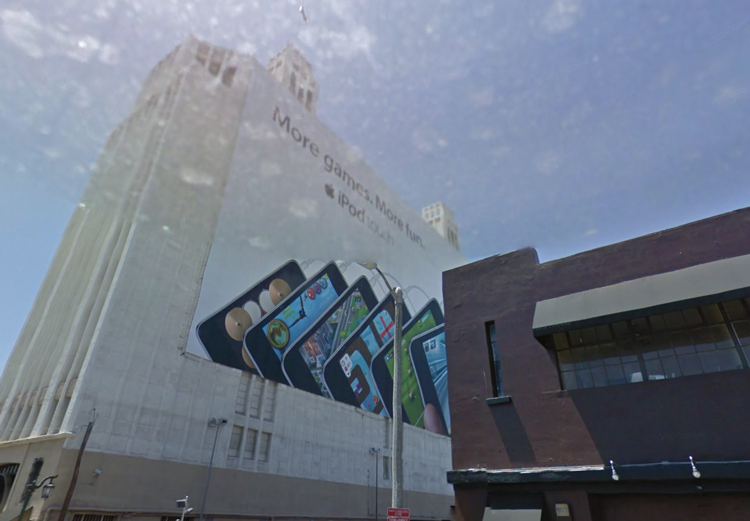

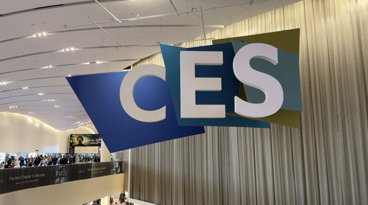
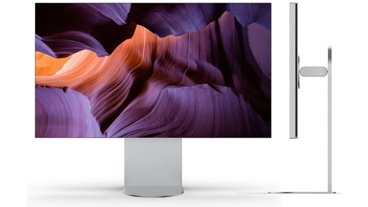
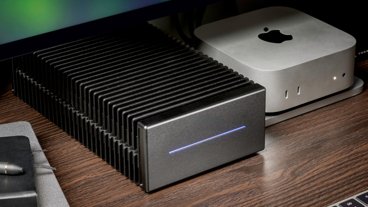
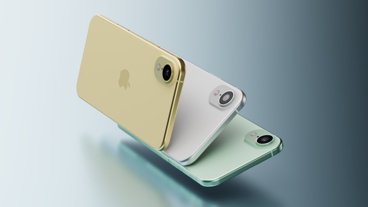


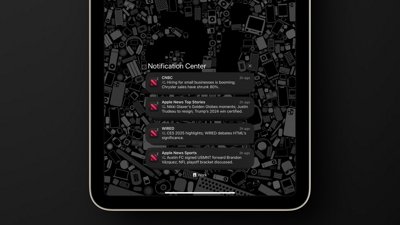
 Wesley Hilliard
Wesley Hilliard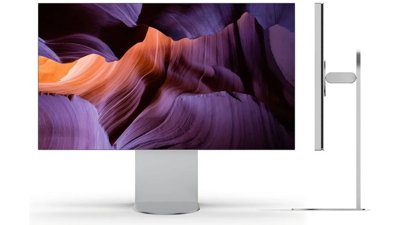
 Malcolm Owen
Malcolm Owen
 Andrew O'Hara
Andrew O'Hara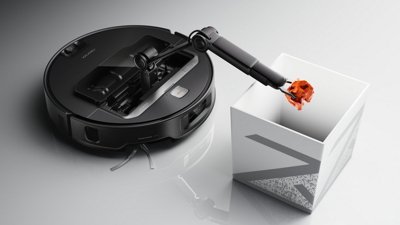
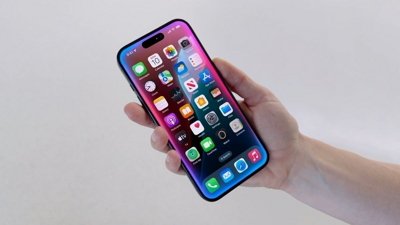

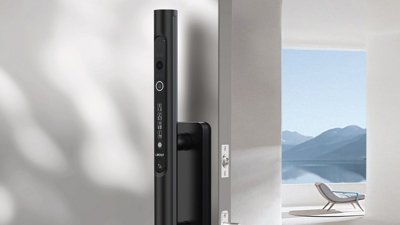
 Andrew Orr
Andrew Orr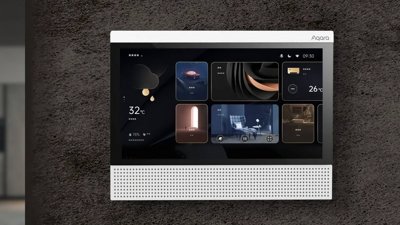
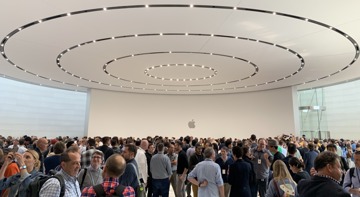
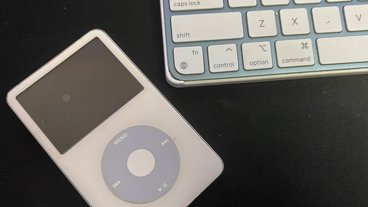
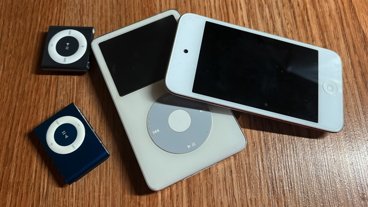
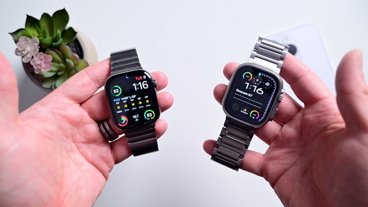


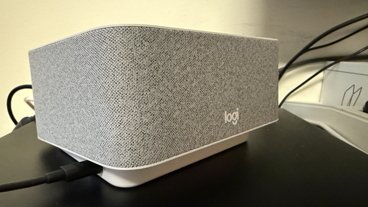

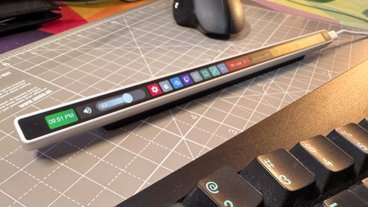

56 Comments
Its very big amount for this !!
It's a good think that California polices this stuff, but can't get their shit together and setup a decent train system in Southern California...
It's more than a safety issue. I'm a bit torn by this. I firmly believe private owners ought use buildings efficiently and ads here and there are fine.
But it's a bit excessive sometimes.
The average person gets exposed to 600 outdoor adverts a day, which crowds out the beauty of other things in town (the amenity of a place), and fills our brain with unnecessary noise.
On advertising generally, do we really need to read about insurance products 50 times today if we're not in the market for any?
It is about time printed signs were replaced by some futuristic holographic projection system, this is the 21st Century after all Maybe admob will make one where we all see a different one depending on our purchasing history (linked to that chip in our neck of course)!
It's a good think that California polices this stuff, but can't get their shit together and setup a decent train system in Southern California...
Don't California have more important things to worry about? a destroyed local economy, highest unemployment rate in the nation, one of the highest fiscal debt in the nation, do they really have this much leisure time and resources to worry about a billboard?